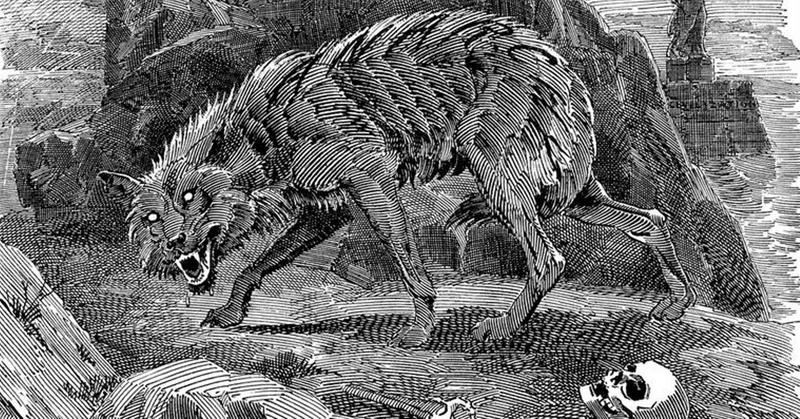The History Of Werewolves
By | October 27, 2022

Human by day and wolf by night, the werewolf is one of the oldest and most horrific beasts of lore. These creatures are sometimes known as lycanthropes, a name derived from the Greek tale of Lycaon, who unwisely tried to trick Zeus into eating human flesh and was turned into a wolf for his trouble. But this isn't the first story of the werewolf; the idea of a human-wolf hybrid pops up across many cultures throughout time.
Even the oldest complete work of literature, the 2100 B.C.E. Mesopotamian Epic Of Gilgamesh, contains a tale of a god turning a man into a wolf as a punishment for spurned affections. The Nordic Völsunga Saga likewise tells of magical pelts which could temporarily turn people into wolves, and in Marie de France's famous poem "Bisclavret," the main character is cursed to become a wolf once a week. These stories, however, didn't popularize the idea of werewolves in Europe nearly as much as the supposedly "true" accounts of such creatures.

In the 1500s, Pierre Burgot and Michel Verdun were burned at the stake for supposedly being werewolves after confessing to murdering a number of children on behalf of Satan. About 50 years later, Gilles Garneir was suspected of not only killing but eating children after supposedly being given an ointment from a supernatural creature that allowed him to turn into a wolf. He was likewise burned at the stake after being convicted of witchcraft and murder. Unsurprisingly, accusations of lycanthropy cropped up multiple times over the next century, as witch trials swept both the European and American continents.
While these men may have indeed been killers, it is important to note that none of them could ever demonstrate their shapeshifting powers for the public, though one of the worst accounts of a werewolf, the Beast of Gévaudan, is believed by many historians to be true. The Beast is believed to have attacked and killed hundreds of people in southern France in the 1760s, most of whom were partially eaten, and there were numerous eyewitness accounts of an enormous, hairy monster. In the end, it was likely a real wolf, but a rather unique one that was "extraordinary and very different by its figure and its proportions." According to legend, he was finally killed with a silver bullet, which is why modern pop culture often depicts silver as toxic to werewolves.

Although werewolves became popular in the literary canon over the ensuing years, namely in the works of famed horror author Bram Stoker, it was not until the 1940s that creature features made the legend a bonafide icon. Universal Pictures's 1941 hit The Wolf Man is credited with bringing the werewolf into the modern world, inspiring no fewer than four sequels and introducing the werewolf's connection with the moon and infectious biting.

